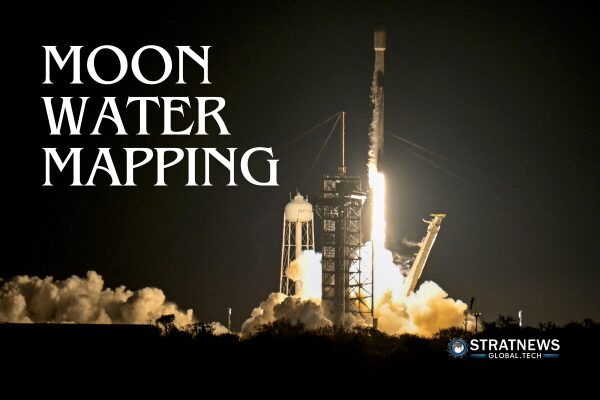SpaceX Falcon 9 Carries NASA’s Lunar Orbiter into Space
NASA successfully launched its Lunar Trailblazer satellite on Wednesday, February 26, from Florida. A SpaceX Falcon 9 rocket lifted off from Kennedy Space Center in Cape Canaveral, carrying the small satellite as a secondary payload. The primary payload on the rocket was a lunar lander mission led by Intuitive Machines.
The Lunar Trailblazer, built by Lockheed Martin’s space division, aims to locate and map water on the moon’s surface. Scientists believe that water could exist in permanently shadowed regions, particularly in deep craters at the lunar poles.

Understanding the Moon’s Water Presence
Although the moon is often considered dry, past research has detected small amounts of water, even in sunlit areas. However, scientists suspect that larger reserves of water ice could be trapped in the freezing, shadowed craters near the poles. If confirmed, these ice deposits could provide crucial resources for future lunar missions.
The Lunar Trailblazer satellite, weighing approximately 440 pounds (200 kg) and measuring 11.5 feet (3.5 meters) wide with its solar panels extended, will scan the moon’s surface to identify and map these water deposits. This data will help scientists understand how water is distributed across the lunar surface.
The Importance of Lunar Water for Future Missions
Water is a key resource for future moon exploration and potential long-term lunar bases. If enough ice is found, it could be used for drinking water, converted into breathable oxygen, and even processed into hydrogen fuel for rockets. This could reduce the need to transport supplies from Earth, making deep-space missions more sustainable.
NASA’s Lunar Trailblazer mission marks an important step in preparing for human and robotic exploration on the moon. By identifying water sources, the mission could pave the way for long-term lunar habitation and further space exploration.
With inputs from Reuters


